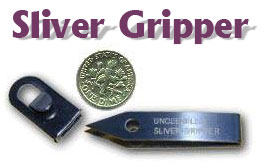Women have always tried to enhance their beauty. Even in Prehistoric times people wore necklaces or bracelets made of things like shells. They also wore pendants of bone or ivory. Prehistoric people many have painted or tattooed themselves. Certainly the 'ice man' who lived in Copper-age Italy about 3,300 BC was tattooed. Furthermore some iron age bodies found preserved peat had manicured nails showing the upper class in Northern Europe at that time were particular about their appearance.
Further South all the ancient civilizations used cosmetics. In Iraq in 2,000 BC perfumes were commonly used. So were pigments for the eyes and lips. They were made from various minerals and they were stored in shells.
The Egyptians are known for their cleanliness (they bathed frequently) and they used many cosmetics. They used black eyeliner and green pigment for their eyelids. They also used rouge for their cheeks. The Egyptians also used perfume.
The Greeks too used perfume and they used white lead to give themselves pale complexions. They also used rouge. Roman women also used cosmetics such as eye shadow. Greek and women were also known for their elaborate hairstyles. Women dyed their hair and sometimes used wigs. Roman women also used face packs using ingredients like crocodile dung (if they could afford it!).
Roman women also used razors, pumice stone, tweezers and depilatory creams to remove unwanted body hair. At that time there were no glass mirrors but women used mirrors made of polished metal. The Romans are also known for their cleanliness. They rubbed themselves with oil and scraped it off with a tool called a strigil.
